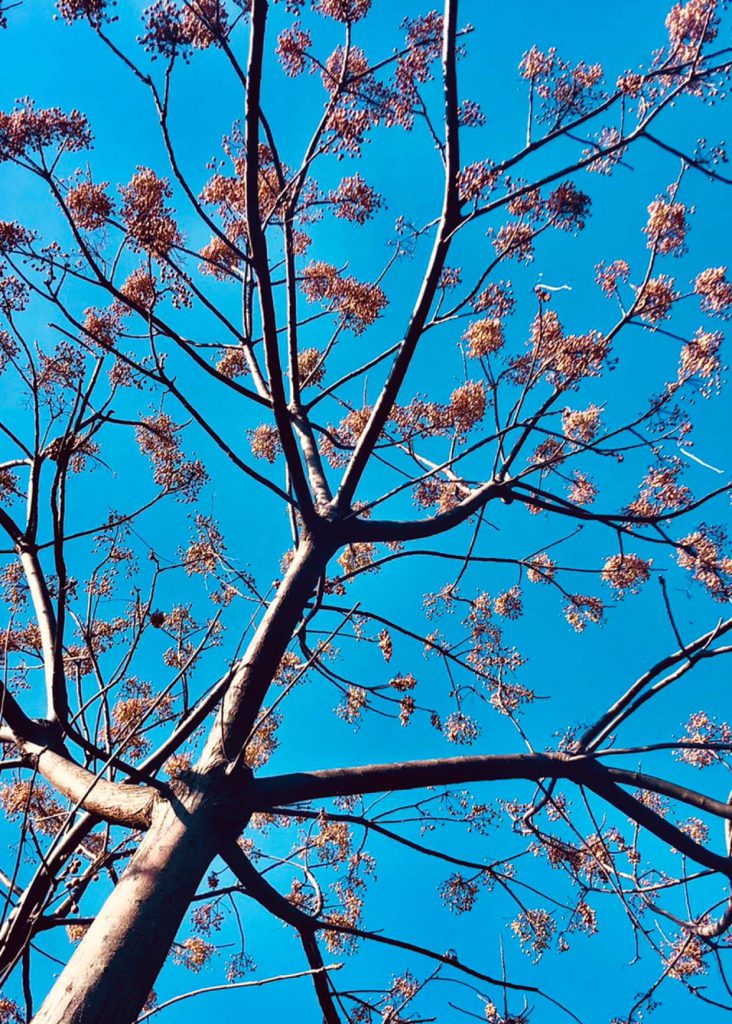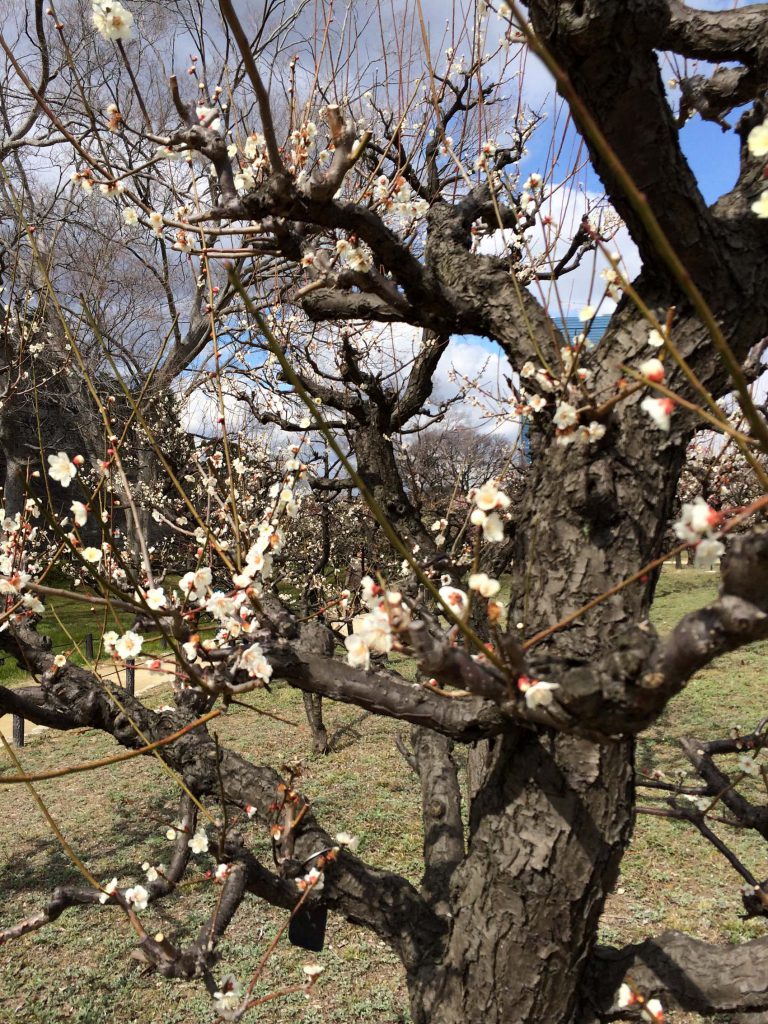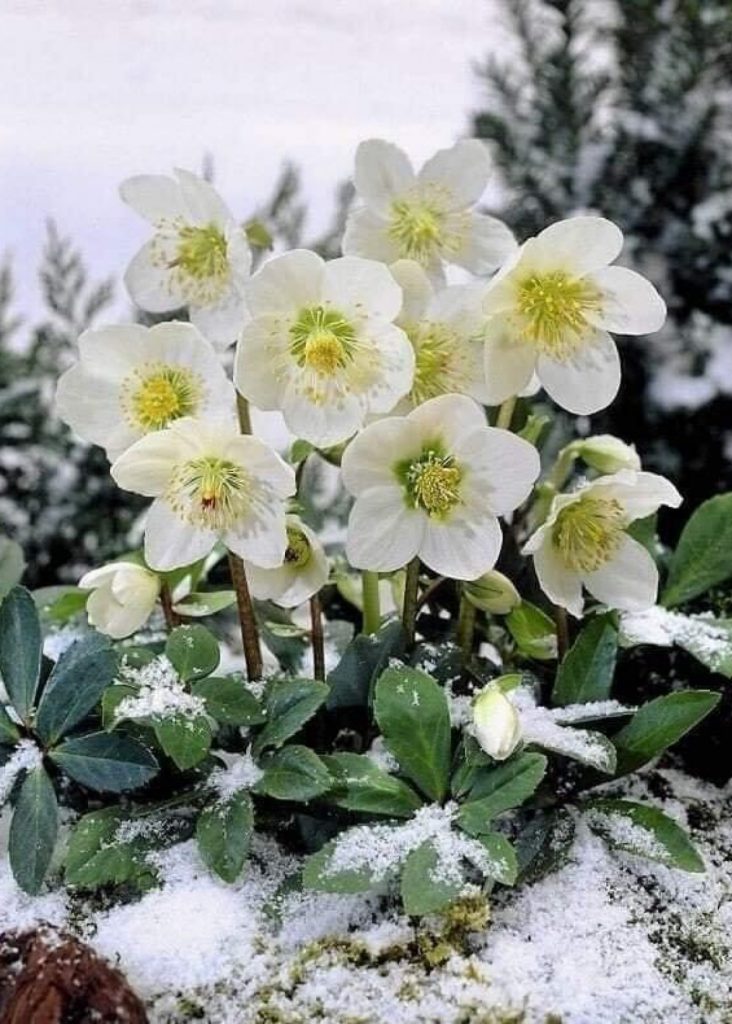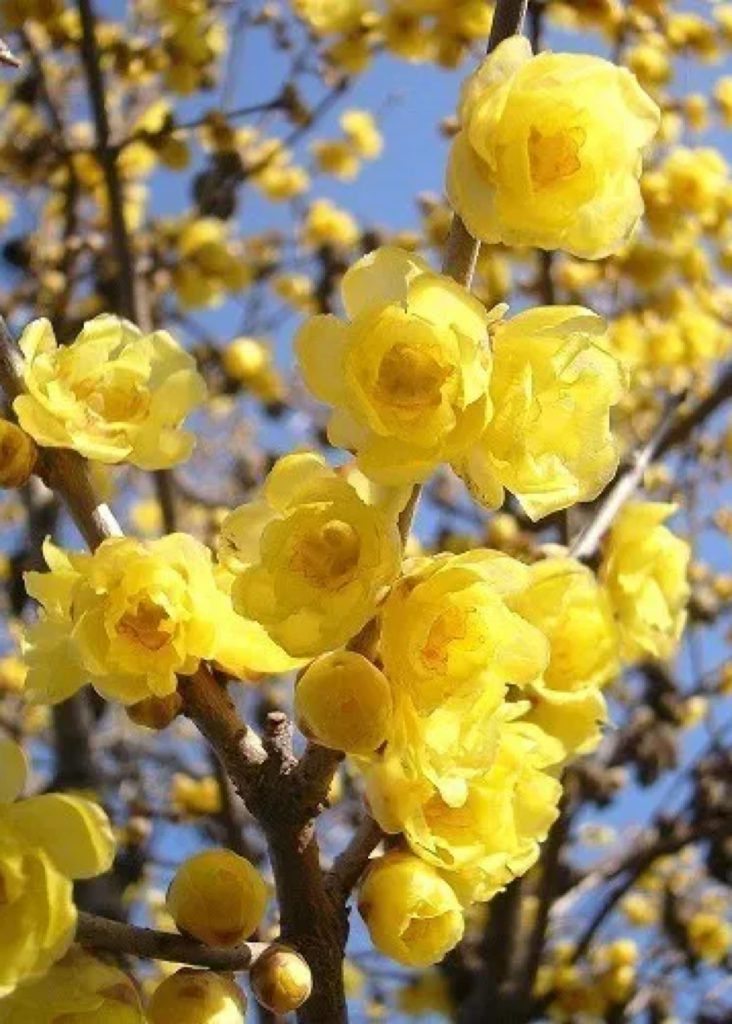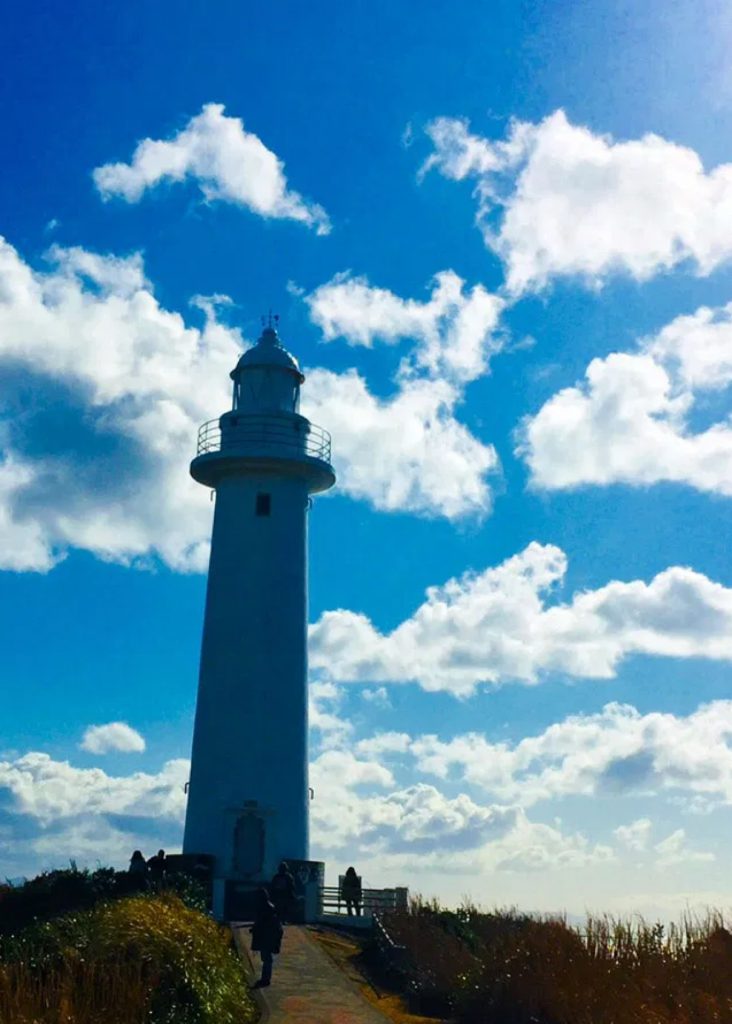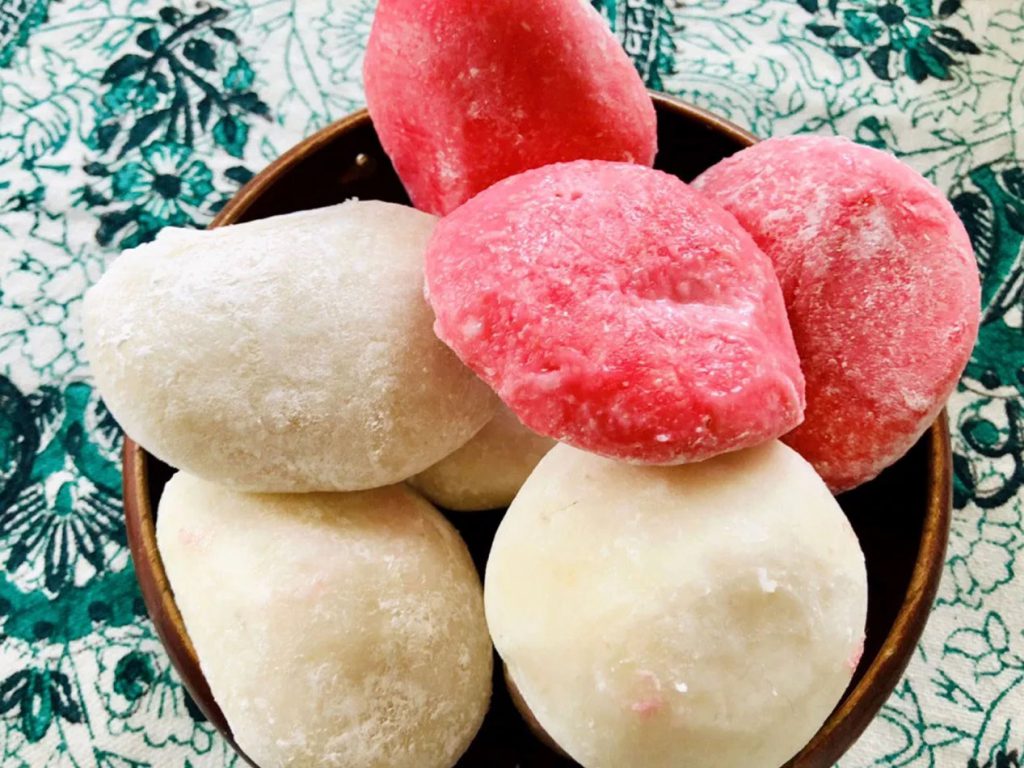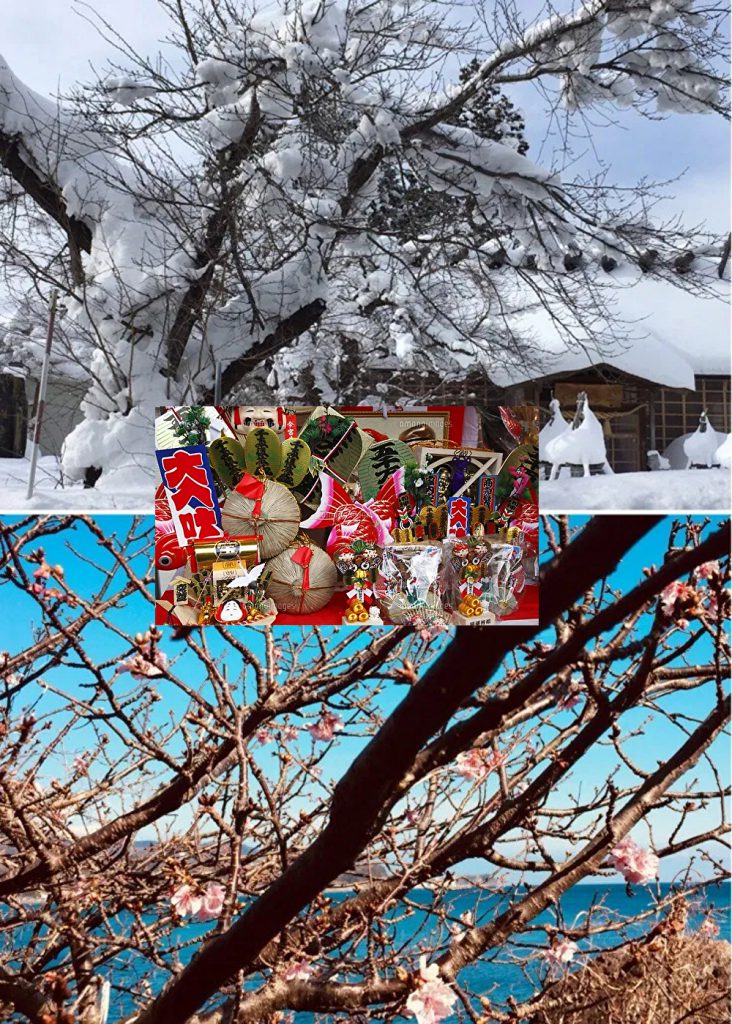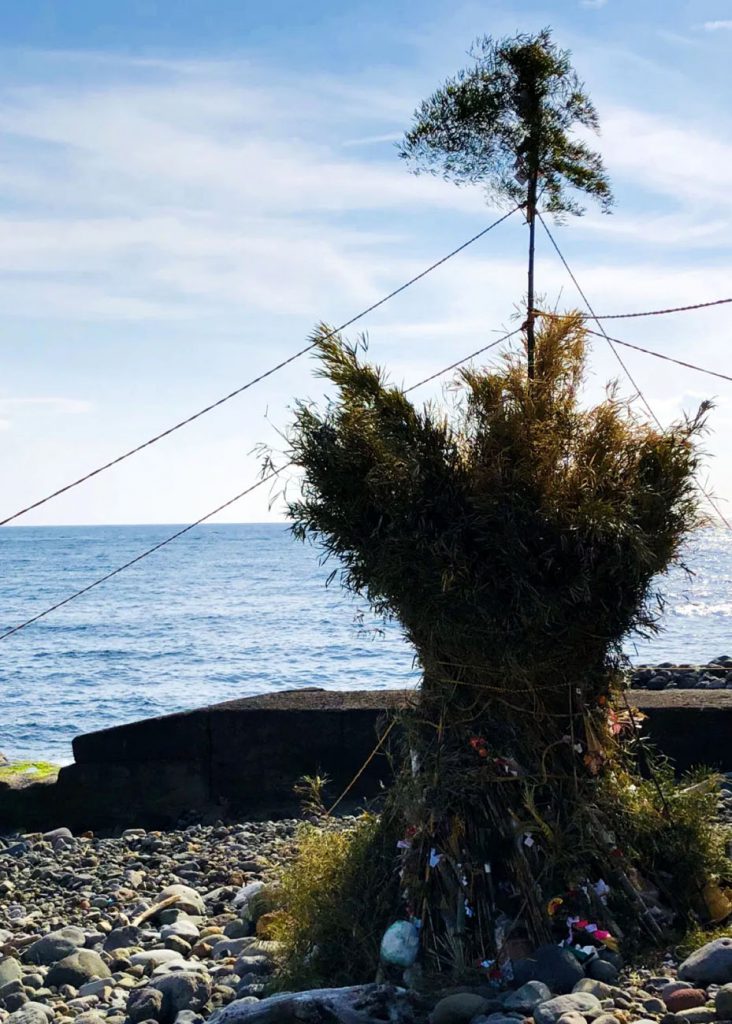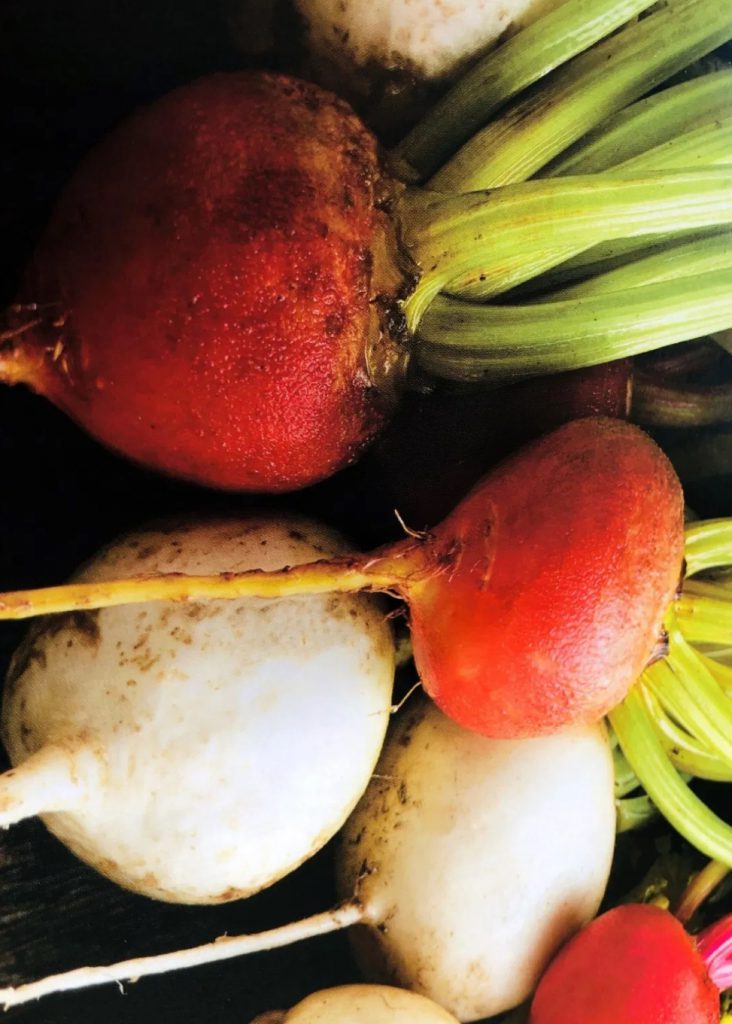
I received a red and white Kabura(turnip) from a nearby farmer. When I asked him what kind of seedlings it was when he was planting seedlings before, he answered it was Kabura. He promised me that he would give me it when it would grow, but I have thoroughly forgot it. But now I received it. I’m grateful for him and I’m just moved for the wonderful red and white turnips. I’m wondering how to cook it now. By the way, “Kabura” is a Kansai language, which is the originator, but the standard language is “Kabu”. It’s a Kanto dialect, so to speak. A long time ago, the women of Court used to say “Okabu”, but the “O” was removed and it became “Kabu”. There are many examples of saying this, such as “Nasu(eggplant)” for “Nasubi”, “Kabocha(pumpkin) for “Nankin”, “Hasu(lotus root)” for “Renkon”, and so on.
近くのお百姓から紅白のかぶらを頂きました。以前苗植えをしている時に何の苗かとお聞きしたら、かぶらだと。できたら上げますよと言われたのですが、忘れていたら頂戴した次第。ありがたくて、しかも紅白の立派なかぶら、ただただ感謝です。どうしたものかと思案中です。ちなみに「かぶら」は関西言葉で、これが元祖ですが、標準語では「かぶ」。言ってみれば、関東の方言です。昔、宮中の女房達が「おかぶ」と言っていたのが、「お」が取れて「かぶ」になったわけです。こう言った例は沢山あって、「なすび」が「なす」、「なんきん」が「かぼちゃ」、「れんこん」が「はす」等々。


